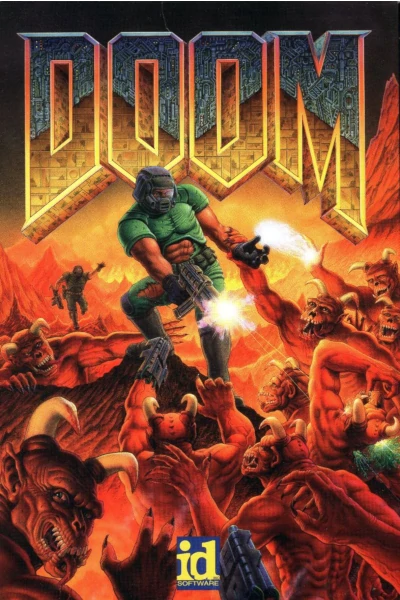-
Twitter/X
LinkedIn Instagram Youtube GitHub Mail RSS




typedef source ALIAS;
typedef int HealthPoint;
typedef unsigned long long int u64;
typedef Node* NodePtr;
typedef void (*SignalHandler)(int);

using HealthPoint = int;
using u64 = unsigned long long int;
using NodePtr = Node*;
using SignalHandler = void (*)(int);

| Type / Primitive | Size in bits | Value Range |
|---|---|---|
|
char signed char |
8 | -128 ... 127 |
| unsigned char | 8 | 0 ... 255 |
|
short short int signed short signed short int |
16 | -32,768 ... 32,767 |
|
unsigned short unsigned short int |
16 | 0 ... 65,535 |
|
int signed signed int long long int signed long signed long int |
32 | -2,147,483,648 ... 2,147,483,647 |
|
unsigned unsigned int |
32 | 0 ... 4,294,967,295 |
|
long long long long int signed long long signed long long int |
64 | -9,223,372,036,854,775,808 ... 9,223,372,036,854,775,807 |
|
unsigned long long unsigned long long int |
64 | 0 ... 18,446,744,073,709,551,615 |
| Type / Primitive | Size in bits | Value Range |
|---|---|---|
|
char s8 |
8 | -128 ... 127 |
| u8 | 8 | 0 ... 255 |
| s16 | 16 | -32,768 ... 32,767 |
| u16 | 16 | 0 ... 65,535 |
| s32 | 32 | -2,147,483,648 ... 2,147,483,647 |
| u32 | 32 | 0 ... 4,294,967,295 |
| s64 | 64 | -9,223,372,036,854,775,808 ... 9,223,372,036,854,775,807 |
| u64 | 64 | 0 ... 18,446,744,073,709,551,615 |


- Removed all goto instructions
- Removed some tabs (e.g. WinSDK)
- Renamed C files into C++ (Need to find a file extension for Klang)
- Replaced typedef by using
- Replaced types / primitives: unsigned char, short, int, long, unsigned, signed, ... -> s8, u8, s16, u16, s32, u32, s64, u64, f32, f64
- Added curly braces if needed
- Build script with copy dependencies (dll) / data (wad)